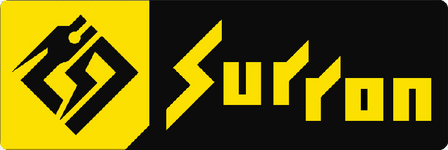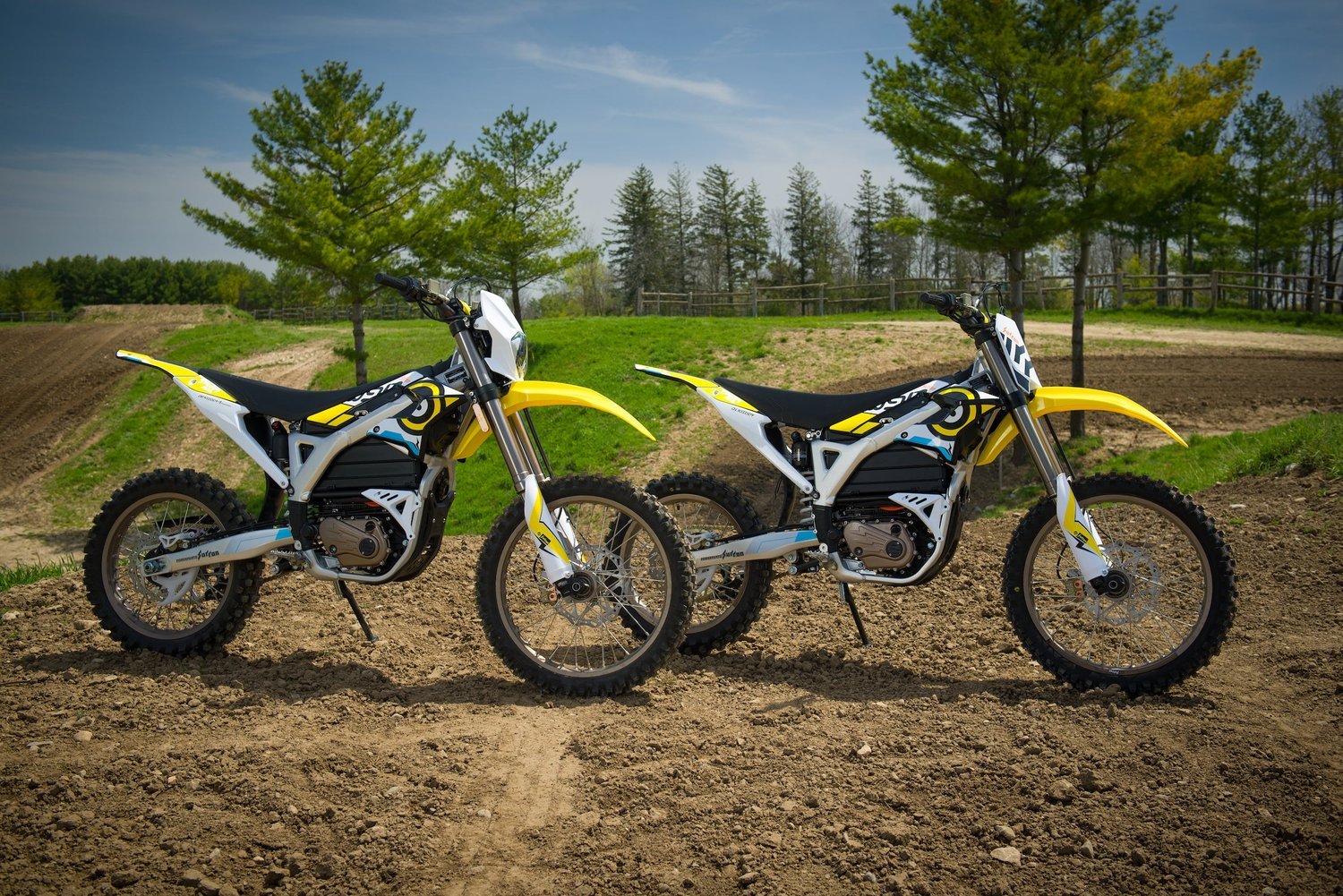The Surron electric bike has taken the world by storm, and Australian riders are no exception. Its unique blend of motorcycle-like performance and lightweight bicycle design has created a revolution in electric mobility. However, this very innovation leads to a critical question we hear daily at SurRon Australia: Are Surrons legal in Australia?
The short answer is: It’s complex, and legality depends entirely on how, where, and in what configuration you ride.
This isn’t a simple yes-or-no issue. The Surron Light Bee and other Surron bikes fall into a grey area between bicycles, pedalecs, and motorcycles. Australian laws, which vary by state, are struggling to keep pace with this new technology.
As the authorised Australian distributor for these incredible machines, we believe in responsible riding and providing clear, accurate information. This comprehensive guide will break down the legal landscape for Sur Ron models across Australia, covering:
-
The Core Legal Challenge: How Surrons Are Classified
-
State-by-State Breakdown: Road and Off-Road Laws
-
The Path to Legality: Modifications for Registration
-
Riding a Surron as an E-Bicycle: The Strict Limits
-
Key Takeaways for Responsible Surron Ownership
1. The Core Legal Challenge: How Sur Ron Models Are Classified
The primary reason for the confusion is classification. Government regulations have clear definitions for bicycles, electric bicycles, and motorcycles. The Surron electric bike often exceeds the limits for the first two categories but may lack the mandatory features for the third.
Here’s how Australian law generally sees it:
-
Standard Bicycle: Human-powered only.
-
Electrically Power-Assisted Pedal Cycle (EPAC / Pedalec): Must have functional pedals, a motor with a maximum continuous power output of 250 watts, and be speed-limited to 25 km/h. The motor must only assist when the rider is pedalling.
-
Motorcycle/Moped: Any two-wheeled vehicle with an engine capacity exceeding 50cc or an electric motor exceeding 200 watts that can propel the vehicle without pedalling. This category requires registration, licensing, and compliance with safety standards.
Where does this leave Surrons?
Most stock Surron bikes have a peak power output far exceeding 250 watts and do not require pedalling to operate. This immediately places them outside the EPAC classification in the eyes of the law. Therefore, for use on public roads, they are typically classified as motorcycles and must meet all relevant Australian Design Rules (ADRs) for registration purposes.
For off-road use, the rules are different, but you must still use approved areas, such as private property or designated trails.
2. State-by-State Breakdown: Road and Off-Road Laws
This is where the details matter. Laws differ significantly across states and territories. The following is a general guide, but you must always check with your local transport authority for the most current information.
New South Wales (NSW)
-
On-Road: A Surron must be registered as a motorcycle. This requires compliance with ADRs, which a stock bike may not meet. You’ll need a motorcycle license.
-
Off-Road: Unregistered vehicles can only be ridden on private property (with permission) or in designated State Forests and off-road areas. Riding on footpaths, bike paths, or public land is illegal.
Victoria (VIC)
-
On-Road: Registration as a motorcycle is mandatory. VicRoads has strict requirements for lighting, brakes, and identification plates.
-
Off-Road: Similar to NSW, legal only on private property or approved recreational vehicle areas.
Queensland (QLD)
-
On-Road: Must be registered. Queensland Transport is particularly strict on vehicle modifications, which is relevant if you’ve upgraded your Surron.
-
Off-Road: The rules are stringent. Even on beach foreshores or bushland, local laws apply. Always confirm the area is legally permissible for unregistered motor vehicles.
Western Australia (WA)
-
On-Road: Registration is required through the Department of Transport.
-
Off-Road: Western Australia has vast areas, but the law is clear: unregistered vehicles are confined to private property or specific off-road parks.
South Australia (SA), Tasmania (TAS), the Australian Capital Territory (ACT), and the Northern Territory (NT)
The principle is consistent: on-road = registration required. The specific processes and off-road locations will vary. Contact your local transport department for precise details.
3. The Path to Legality: Modifications for Registration
If your goal is to ride your Sur Ron legally on public roads, registration is the only path. This is not a simple DIY process and often requires professional assistance. Key modifications typically needed for a stock Surron Light Bee to meet ADRs include:
-
Lighting: Adding ADR-compliant headlights, tail lights, brake lights, and indicators.
-
Braking: Ensuring the braking system meets specific performance standards.
-
Tyres: Using tyres that are approved for road use and marked accordingly.
-
Mirrors: Installing left and right-side mirrors.
-
Horn: A compliant, audible warning device.
-
Identification: A Vehicle Identification Number (VIN) that meets Australian standards.
This is where choosing an authorised supplier like SurRon Australia is crucial. We provide comprehensive support and can guide you towards compliant parts and reputable workshops familiar with the process. While it’s an investment, achieving registration opens up a world of legal riding opportunities.
4. Riding a Surron as an E-Bicycle: The Strict Limits
Some riders wonder if they can simply pedal and treat their Surron e-bicycle as a powerful pedalec. As outlined above, this is generally not possible with a standard bike due to its power and lack of pedal-assist-only operation.
However, some owners have attempted to create a “restricted mode” that limits the power to 250 watts and the speed to 25 km/h for use on bike paths. This is an extremely grey area and carries significant risk. If questioned by police, the underlying capability of the bike and its original specifications are what matter most. The penalty for riding an unregistered, uninsured motorcycle on a public footpath can be severe.
5. Key Takeaways for Responsible Surron Ownership
The performance and versatility of Surrons are what make them so special, but this also demands responsible ownership. Here are the key conclusions:
-
Assume It’s a Motorcycle: For legal purposes, always treat your Surron electric bike as a motorcycle, not a bicycle.
-
On-Road = Registration: Riding on any public road, street, or car park requires the bike to be fully registered. This is non-negotiable.
-
Know Your Off-Road Laws: “Off-road” does not mean “anywhere off the road.” You must ride on private property or designated public areas. Riding in urban parks or on coastal paths is illegal and gives all riders a bad name.
-
Consult the Experts: The legal landscape is complex. Before purchasing with the intent of road use, contact your state’s transport authority and speak with experts who understand the compliance process.
Conclusion: Empowerment Through Knowledge
So, are Surrons legal in Australia? Yes, but within a specific legal framework. They are legal as off-road vehicles in approved areas and potentially legal on-road if modified and registered correctly. Are Surrons Legal In Vic
At SurRon Australia, as the exclusive authorised distributor, our mission goes beyond sales. We are your partner in comprehensive support for sales, service, parts, and logistics. We want you to enjoy your Surron bike safely and legally for years to come.
Explore the full range of genuine Surron bikes and performance upgrade parts on our site. Have a specific question about legality or compliance? Contact our team – we’re here to help you navigate the process and get the most out of your electric riding experience.


